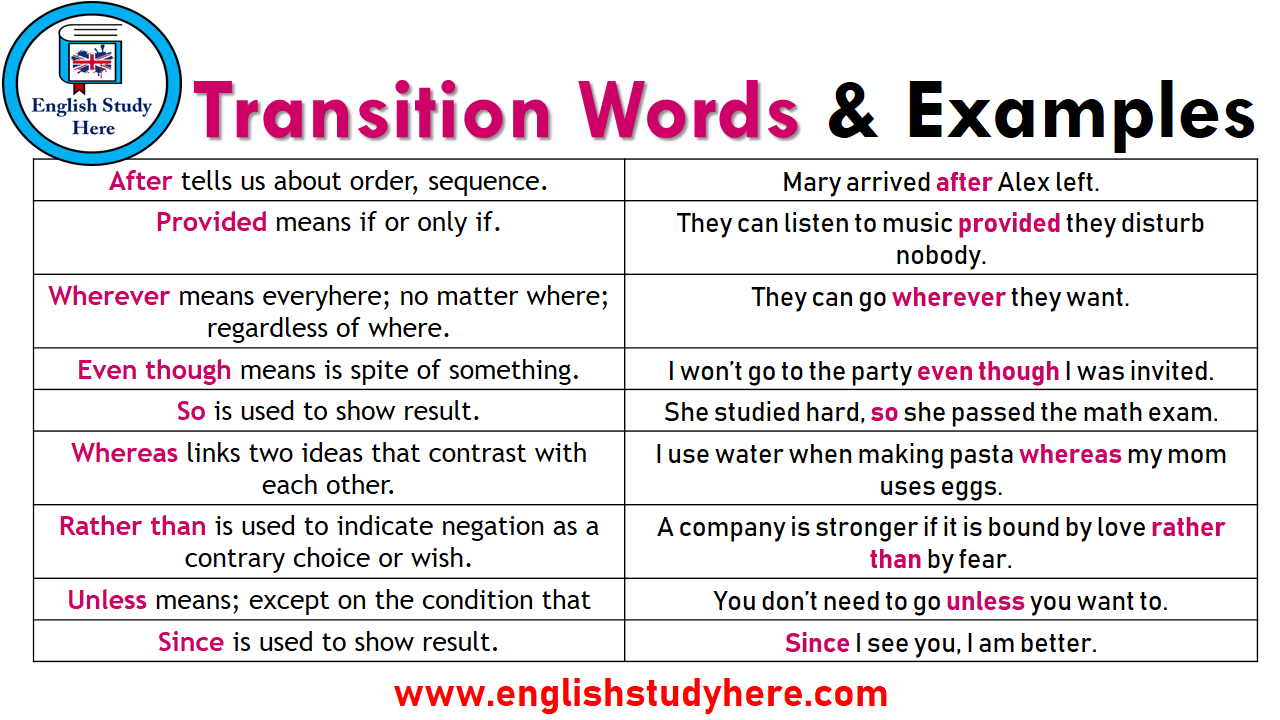

Learning rates that are too small may produce a lengthy training process that has the potential to get stuck. Learning rates that are too high may result in unstable training processes or the learning of a suboptimal set of weights. The learning rate is a hyperparameter - a factor that defines the system or set conditions for its operation prior to the learning process - that controls how much change the model experiences in response to the estimated error every time the model weights are altered.

These techniques include learning rate decay, transfer learning, training from scratch and dropout. Various methods can be used to create strong deep learning models. This is important as the internet of things ( IoT) continues to become more pervasive because most of the data humans and machines create is unstructured and is not labeled. Because deep learning programming can create complex statistical models directly from its own iterative output, it is able to create accurate predictive models from large quantities of unlabeled, unstructured data. To achieve an acceptable level of accuracy, deep learning programs require access to immense amounts of training data and processing power, neither of which were easily available to programmers until the era of big data and cloud computing. Unlike the toddler, who will take weeks or even months to understand the concept of dog, a computer program that uses deep learning algorithms can be shown a training set and sort through millions of images, accurately identifying which images have dogs in them within a few minutes. With each iteration, the predictive model becomes more complex and more accurate. It will simply look for patterns of pixels in the digital data. Of course, the program is not aware of the labels four legs or tail. In this case, the model the computer first creates might predict that anything in an image that has four legs and a tail should be labeled dog. The program uses the information it receives from the training data to create a feature set for dog and build a predictive model. Initially, the computer program might be provided with training data - a set of images for which a human has labeled each image dog or not dog with metatags. Unsupervised learning is not only faster, but it is usually more accurate. The advantage of deep learning is the program builds the feature set by itself without supervision. This is a laborious process called feature extraction, and the computer's success rate depends entirely upon the programmer's ability to accurately define a feature set for dog. In traditional machine learning, the learning process is supervised, and the programmer has to be extremely specific when telling the computer what types of things it should be looking for to decide if an image contains a dog or does not contain a dog. What the toddler does, without knowing it, is clarify a complex abstraction - the concept of dog - by building a hierarchy in which each level of abstraction is created with knowledge that was gained from the preceding layer of the hierarchy. The parent says, "Yes, that is a dog," or, "No, that is not a dog." As the toddler continues to point to objects, he becomes more aware of the features that all dogs possess. The toddler learns what a dog is - and is not - by pointing to objects and saying the word dog. To understand deep learning, imagine a toddler whose first word is dog. While traditional machine learning algorithms are linear, deep learning algorithms are stacked in a hierarchy of increasing complexity and abstraction. It is extremely beneficial to data scientists who are tasked with collecting, analyzing and interpreting large amounts of data deep learning makes this process faster and easier.Īt its simplest, deep learning can be thought of as a way to automate predictive analytics. Deep learning is an important element of data science, which includes statistics and predictive modeling. Deep learning is a type of machine learning and artificial intelligence ( AI) that imitates the way humans gain certain types of knowledge.


 0 kommentar(er)
0 kommentar(er)
